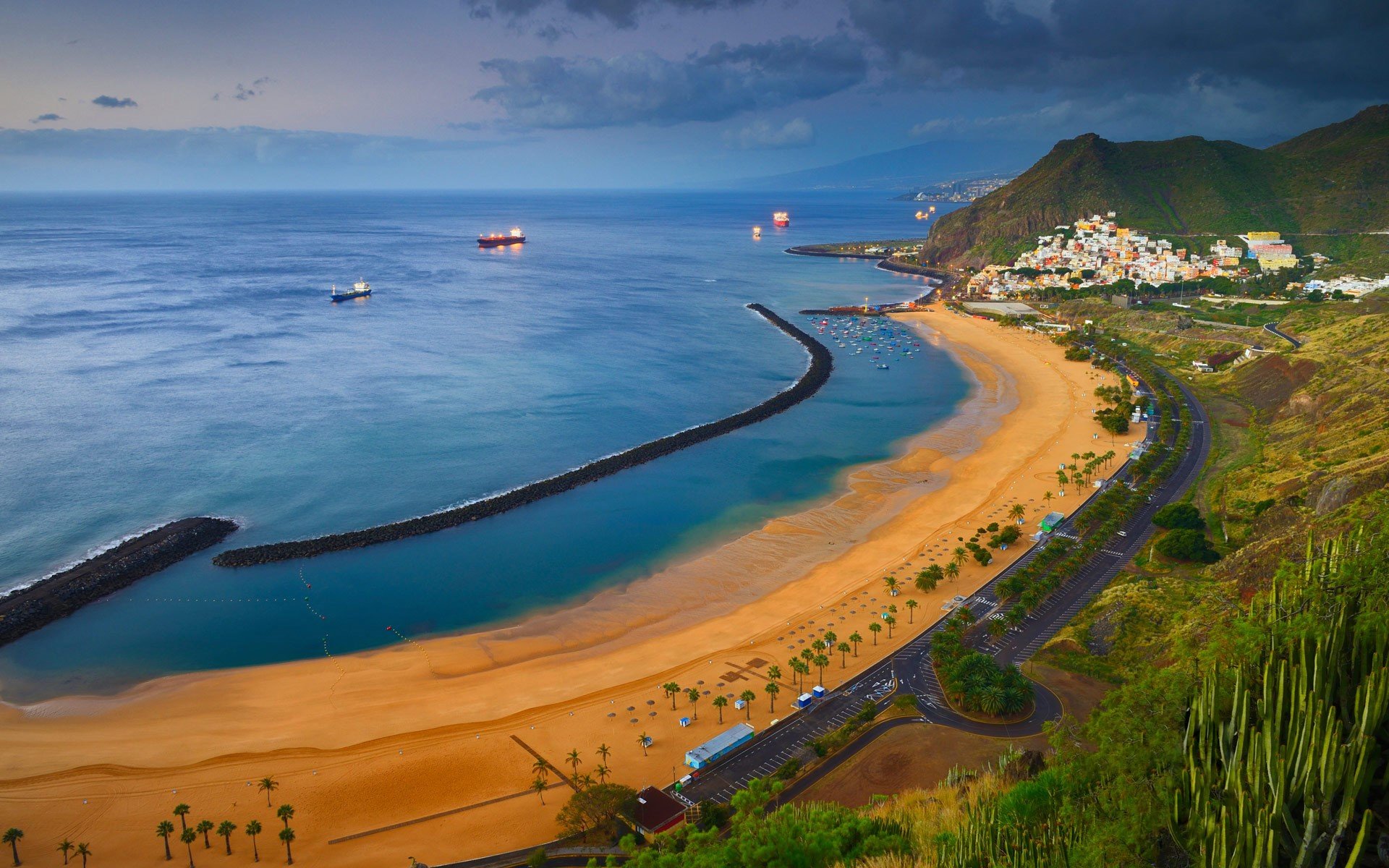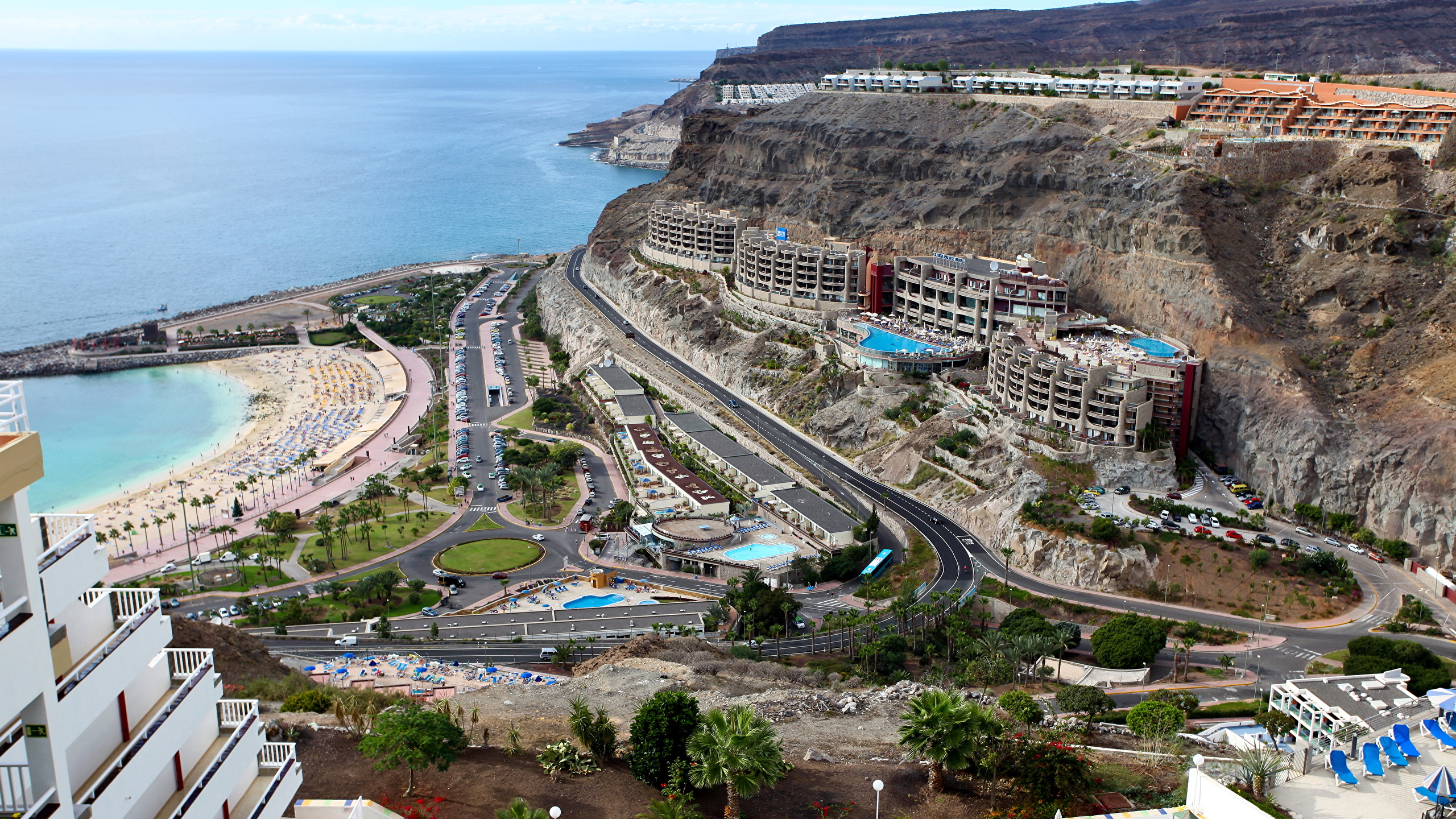Canary Islands March 26, 2024 Africa , archipelago , Atlantic Ocean , Canaries , Canary Islands , communautés autonomes , Europe , European Union , Îles Canaries , islands , Lanzarote , Las Palmas de Gran Canaria , Macaronésie , Mount Teide , North Africa , Santa Cruz de Tenerife , Spain , Teide , Tenerife , tourism , volcano Official name Canaries Name in local language Islas Canarias (es) Continent Africa Subcontinent North Africa Population (ranking: 152e ) 2,108,121 inhabitants (2018) Population growth 1.57 % / year Area 7,447 km² Density 283.08 inhabitants / km² GDP (ranking: 89e )49.996 billions $USD (2017) GDP/capita (ranking ) 23,100 $USD (2017) GDP growth 3.10 % / year (2017) Life expectancy (ranking ) 82.71 years (2015) Birth rate 7.24 ‰ (2017) Fertility rate 1.33 children / woman (2015) Death rate (ranking ) 7.04 ‰ (2017) Infant mortality rate (ranking ) 2.67 ‰ (2015) Literacy rate 100.00 % (2018) Official languages Spanish Currency Euro (€ EUR) HDI (ranking: n.c. )0.000 / 1 (2017) EPI (ranking )0.00 (2018) Government Autonomous community of Spain Head of State King Felipe VI National Day 12 octobre (discovering of Americas in 1492) ISO Codes IC, Demonym Canarian, Spanish Tourists (ranking ) 13,114,300 people (2016)
The Canaries (Canary Islands) are a Spanish autonomous community. The archipelago is located in the eastern Atlantic, 150 km west of Morocco and more than 1,000 km from southern Spain.
Beach in Canary Islands Coastal City, Canary Islands Coast in Canary Islands Urban areas (2017) Urban areas Population Las Palmas de Gran Canaria 630,413 inhabitants Santa Cruz de Tenerife 505,160 inhabitants Puerto de la Cruz 151,623 inhabitants Arrecife 110,802 inhabitants
See also 




